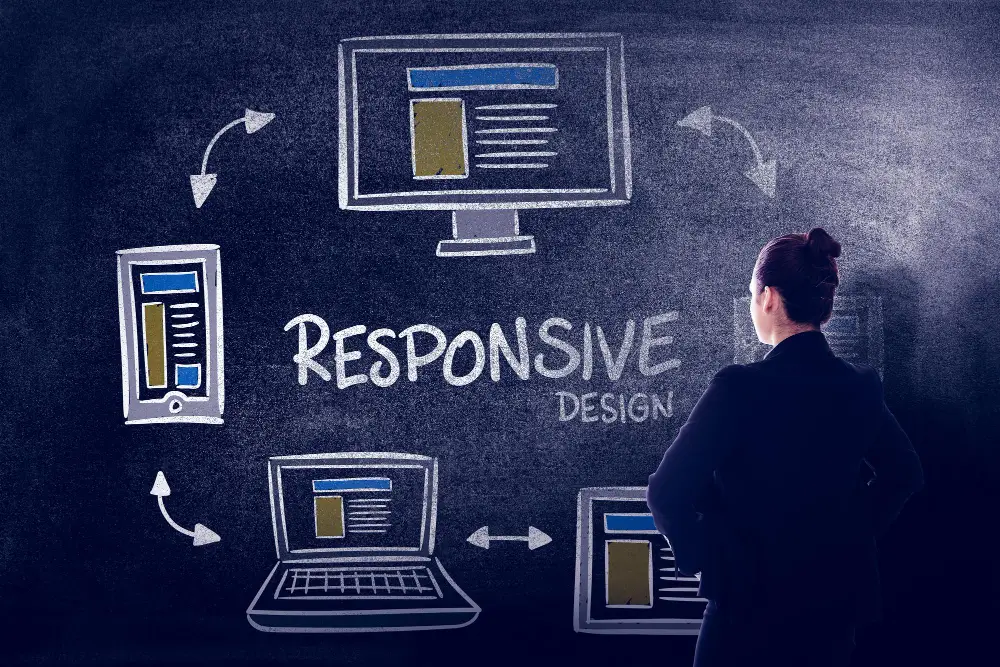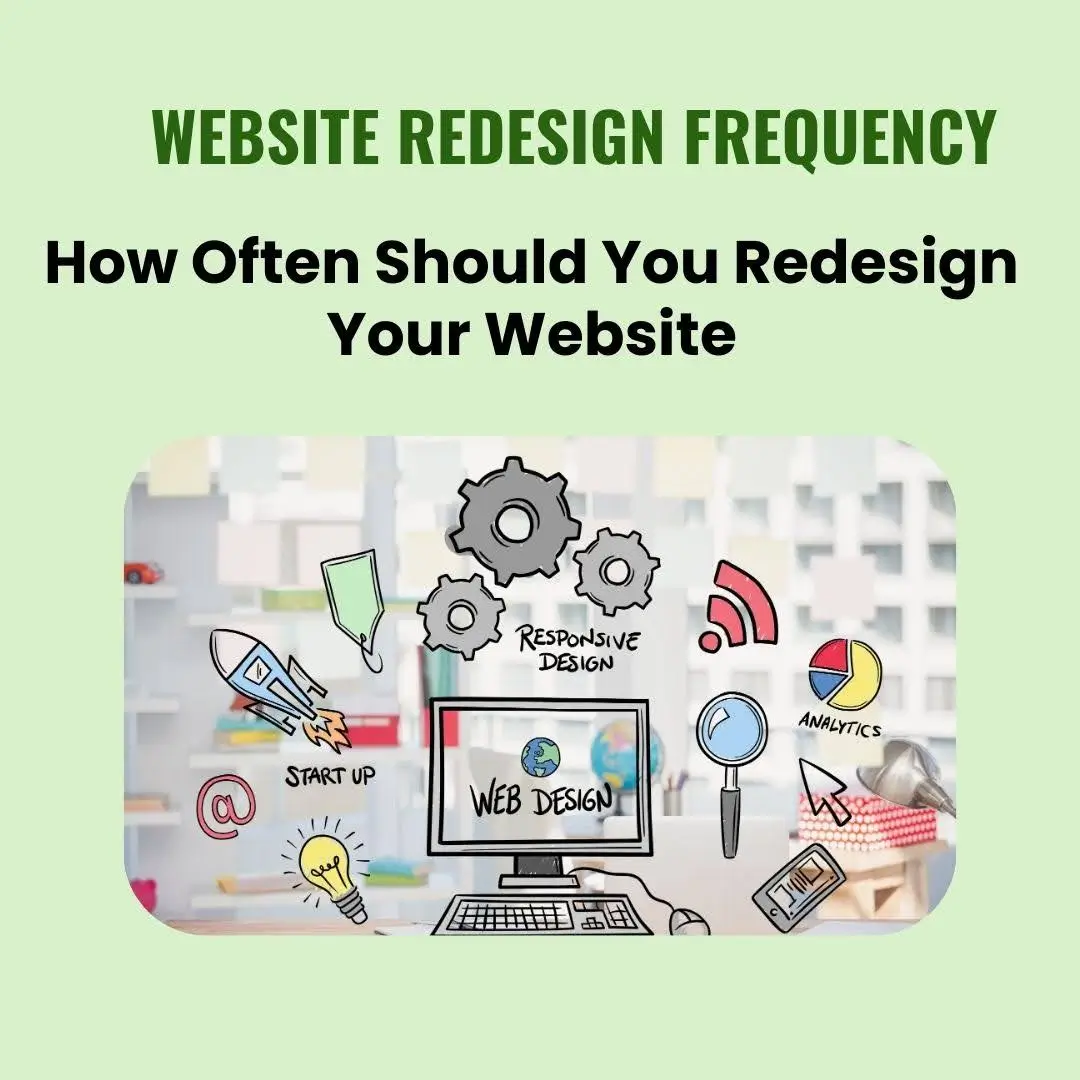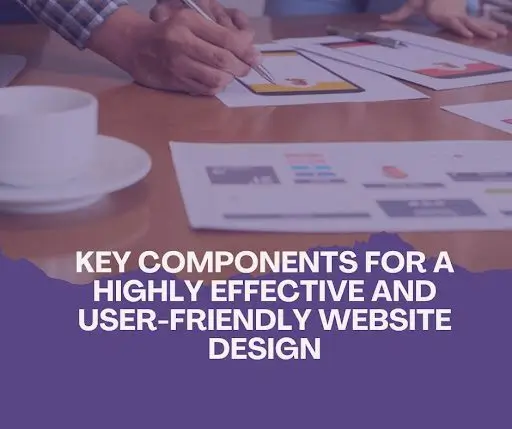Introduction
Web design is more than just aesthetics. It is the art and science of creating websites that are user-friendly, engaging, and functional. A good web design can make or break your online presence, as it affects how visitors perceive your brand, interact with your content, and navigate your site. In this article, we will explore eight characteristics of effective web design that can help you create websites that stand out from the crowd and achieve your goals.
1. Simplicity
In an era inundated with information and stimuli, simplicity reigns supreme. A cluttered and complex website overwhelms visitors, causing them to abandon ship within seconds. Effective web design hinges on distilling your message to its core essence and presenting it in a clean, uncluttered layout. A simple design doesn’t mean sacrificing elegance; instead, it means eliminating the unnecessary and focusing on what truly matters.
When a website embraces simplicity, users are immediately greeted with a clear understanding of its purpose. Minimalist layouts, ample white space, and a concise presentation of information ensure that visitors are not bombarded with unnecessary distractions. A clean design also facilitates faster loading times, which is crucial in retaining impatient online users. By embracing simplicity, a website invites users to engage with its content in a more meaningful way.
2. Consistency
Consistency is the glue that holds a website together. Imagine reading a book where the font changes on every page, or watching a movie with constantly shifting color schemes—it would be disorienting. Similarly, a website that lacks visual consistency feels disjointed and unprofessional. Consistency involves using the same color palette, typography, and design elements across all pages of the website.
Consistency doesn’t stop at aesthetics; it extends to navigation as well. Users should be able to predict where they’ll find certain elements, such as the navigation menu or contact information, no matter which page they’re on. This predictability reduces friction in the user experience, allowing visitors to focus on the content and goals of the website. Through consistent design, a website gains credibility and fosters a sense of trust with its audience, making it a memorable and user-friendly destination.
3. Responsiveness

In a world where people access websites on a wide range of devices, from smartphones to large desktop monitors, responsive design is no longer a luxury; it’s a necessity. A responsive website adapts seamlessly to different screen sizes and orientations, ensuring that the user experience remains consistent and enjoyable across devices.
Responsive design is not just about resizing elements—it’s about creating a fluid experience. This involves using flexible grids and layouts that automatically adjust to the screen size. Elements should rearrange themselves intelligently, ensuring that users don’t have to pinch and zoom to read text or interact with buttons. Because mobile-friendly websites are given preference by search engines like Google, a responsive website not only improves user satisfaction but also has a favourable effect on search engine rankings. For a comprehensive guide on mastering responsive and effective web design, make sure to check out our blog post: Guide to Responsive Web Design. This guide dives deep into the principles of responsive design, offering practical tips and insights to help you create websites that shine across all devices.
4. Accessibility
Web accessibility is a fundamental principle that ensures equal access and usability for all individuals, regardless of disabilities. An accessible website considers factors such as screen readers for the visually impaired, keyboard navigation for those who can’t use a mouse, and color contrast for users with visual impairments.
Implementing web accessibility isn’t just about meeting legal requirements; it’s about making your content available to the widest audience possible. By accommodating people with disabilities, you expand your potential user base and demonstrate a commitment to inclusivity. Adhering to accessibility standards like the Web Content Accessibility Guidelines (WCAG) not only enhances the user experience for everyone but also contributes to the ethical and moral responsibility of creating an inclusive digital environment.
5. Usability
Usability is the art of making your website user-friendly and intuitive. A website might look great, but if users struggle to find information or navigate through it, it’s ineffective. Usability involves creating clear and logical navigation menus, ensuring that important information is easily accessible, and minimizing the number of clicks required to perform essential actions.
User testing and feedback play a pivotal role in improving usability. By observing how actual users interact with your website, you can identify pain points and areas for improvement. This iterative process helps refine the user experience, making it easier for visitors to achieve their goals on your website. Whether it’s filling out a form, making a purchase, or simply finding information, a user-friendly website creates a positive impression and encourages repeat visits.
Additionally, page speed plays a pivotal role in enhancing usability. A fast-loading website not only keeps users engaged but also positively impacts search engine rankings. Slow-loading pages can lead to high bounce rates, undermining the overall user experience. To ensure your website is optimized for speed, consider implementing techniques outlined in our blog post: Mastering Page Speed Optimization. This guide provides actionable insights to help you create a website that loads swiftly and efficiently, keeping visitors engaged and satisfied.
6. Content

“Content is king” is a phrase often heard in the digital realm, and for good reason. Compelling and relevant content is what keeps users engaged and coming back for more. From informative blog posts to captivating images and videos, content drives the user experience.
High-quality content resonates with your target audience, addressing their needs and interests. It should be well-organized, easy to read, and visually appealing. Utilize headings, bullet points, and concise paragraphs to make content scannable, as online users tend to skim rather than read every word. Engaging content not only retains visitors but also positions your website as a valuable resource in your industry like web design and development.
7. Visual Hierarchy
Imagine entering a room where everything is shouting for your attention—the result would be chaos. Similarly, a website without a clear visual hierarchy overwhelms visitors and makes it difficult for them to prioritize information. Visual hierarchy is the strategic arrangement of elements to guide users through your website and emphasize the most important content.
Size, color, contrast, and positioning are key factors in creating a strong visual hierarchy. The most important elements should be larger, bolder, and placed in prominent positions, while secondary elements can be smaller and less emphasized. Effective use of white space also contributes to visual hierarchy by allowing content to breathe and preventing overcrowding. By employing these techniques, a website ensures that visitors grasp the main message and take the desired actions, whether it’s signing up for a newsletter or making a purchase.
8. Branding
Your website is an extension of your brand identity. Consistency in branding across all touchpoints, including your website, builds trust and recognition among your audience. When visitors arrive at your website, they should immediately recognize it as an integral part of your brand ecosystem.
Branding elements, such as your logo, color palette, typography, and tone of voice, should remain consistent throughout your website. This creates a cohesive experience that reinforces your brand’s values and personality. A well-executed brand presence not only distinguishes you from competitors but also fosters a sense of loyalty among customers.
Conclusion
Effective web design is not a one-size-fits-all endeavor; it’s a harmonious blend of art and science. By embracing the principles of simplicity, consistency, responsiveness, accessibility, usability, quality content, visual hierarchy, and branding, you can create a website that not only looks appealing but also functions seamlessly. Remember, the online landscape is dynamic, and user expectations evolve over time. Regularly gather user feedback, analyze website analytics, and stay updated with design trends to ensure your website remains a valuable asset for your brand.
In today’s digitally-driven world, a well-designed website is not just an option—it’s a fundamental tool for reaching and engaging your target audience. As you embark on your web design journey, keep these eight characteristics in mind, and craft a digital masterpiece that leaves a lasting impression on visitors and drives your brand towards success.







